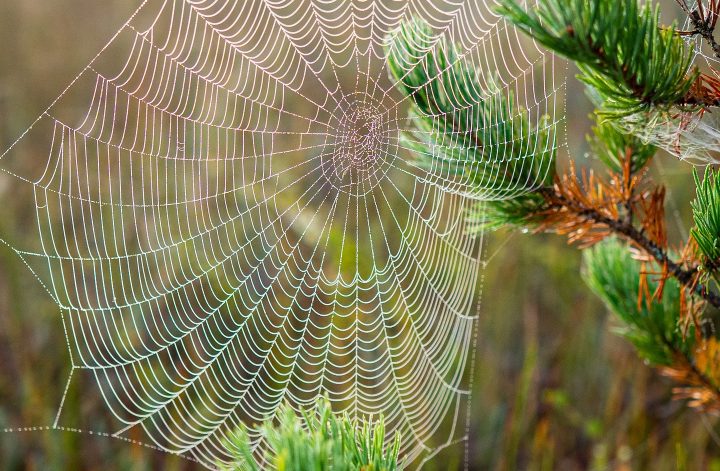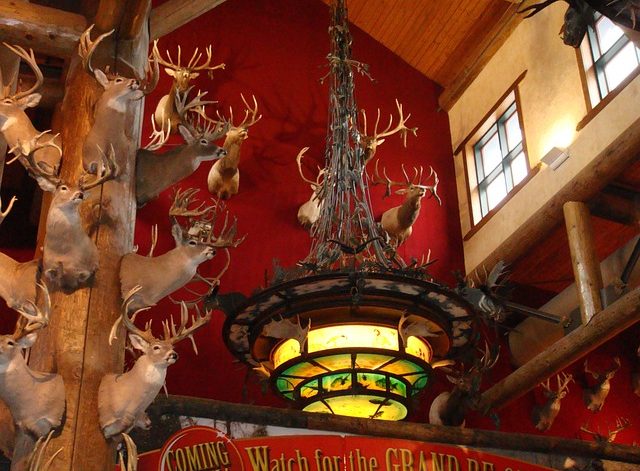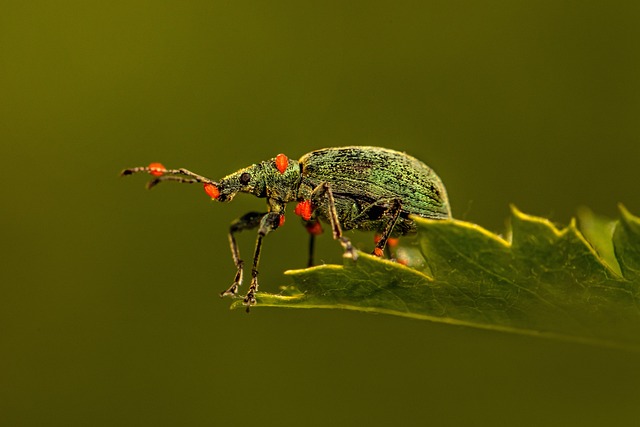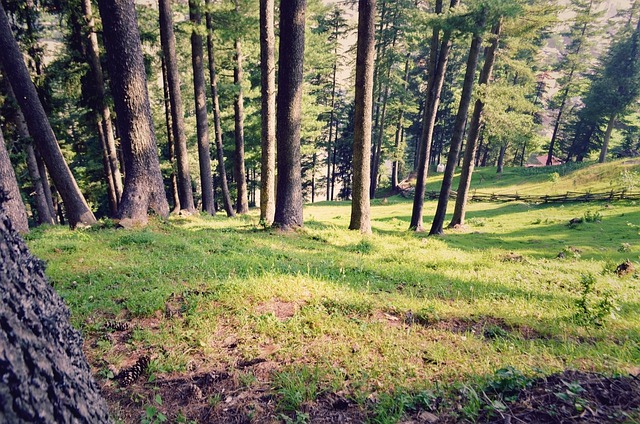WHAT IS A HABITATA?
A habitat is described as a natural environment where a particular population or specific species typically resides. In addition to biotic factors like the availability of food and the presence of predators, a habitat also includes physical elements like soil, moisture, temperature range, and light availability.
SIGNIFICANCE OF HABITAT:
- Habitat is considered a significant source of biodiversity. Moreover, animals are used to living in certain conditions. These specific conditions are provided by a specific habitat. For example, a cactus can only grow in the hot and sunny climate of the desert.
- The vast variety of flora and fauna can exist only in a vast variety of habitats. However, habitats are affected by climate change, and so are the flora and fauna. This habitat loss played a pivotal role in putting 85% of species on the Red List presented by IUCN.
- Habitat provides food, shelter, and water to humans, animals, and birds.
You may also like: Ecosystem Zones and Climatic Biomes of Pakistan
TYPES OF HABITAT:
Following are some types of habitats:
Forest Habitat:
The majority of trees in forest ecosystems is intermingled by several species of herbs, shrubs, climbers, lichens, algae, and a diverse range of wild animals and birds. Depending upon the climatic conditions, these forest habitats can be tropical rainforests, tropical deciduous forests, tropical scrub forests, temperate rainforests, and evergreen coniferous forests habitat. The majority of species, including bats, birds, insects, and others, live in the light canopy layer of the trees, while the monkeys, toads, snakes, chameleons, and other creatures go back and forth between the sunny and shadowy layers Of the tree. On the ground layer, fungi, mushrooms, and other things flourish. Warm weather and abundant moisture encourage the rapid breakdown (decomposition) of fallen leaves, twigs, and other organic matter, releasing nutrients quickly. Some plants, such as epiphytic orchids, are attached to the trunks or branches of large trees and absorb water and nutrients that fall from the sky. Example: Ushu Forest, Kalam, Pakistan.
Also, check out Coniferous (Taiga or Boreal) Forest of Pakistan – Climatic Biome
Desert Habitat:
Areas where evaporation surpasses precipitation are referred to be desert ecosystems. Less than 25 cm of precipitation fall per year. Deserts are made up of plants that can withstand drought as well as others that can’t. Because of the extremely dry and poorly insulating atmosphere, plants and animals have developed many of the standard adaptations for water saving. Many desert plants have scaled, succulent and waxy leaves to reduce water loss. The finest examples include yucca, creosote bush, and cactus. Additionally, this area is home to reptiles such as snakes, scorpions, rattlesnakes, desert tortoises, and kangaroo rats. They occupy burrows with low humidity levels where they reside. Examples: Sahara Desert, Gobi Desert, and Thar desert.
Also check out: 10 Critically Endangered Animals That Can Go Extinct By 2050
Aquatic Habitat:
Aquatic habitat refers to any body of water and the biotic communities that live there. It can be freshwater or marine. Additionally, freshwater habitats can be either free-flowing (lotic), like rivers, or standing (lentic), like ponds and lakes. Numerous species of algae, aquatic plants, insects, fish, and other creatures can be found in freshwater habitats. Aquatic habitats contain a variety of organisms, including planktons, nektons, neustons, and benthos. In addition to serving as a marine habitat, the oceans, which make up more than 70% of the earth’s surface, are enormous water reservoirs that are essential to the survival of about 25,00,000 marine species. They also provide food for humans and other living things, a wide range of sea products, and medicines. Examples: Indus River, South-China Sea, and Indian Ocean.
Also check out: Freshwater Wetland Biome – Climatic Biome of Pakistan
Grassland Habitat:
Although grass species predominate in grasslands, a few trees may occasionally grow there as well. and bushes. Average but intermittent rain falls. While moderate grazing increases the grasslands’ net primary production, excessive grazing degrades the grasslands and accelerates desertification. Fires occur frequently in these habitats. Zebras, giraffes, gazelles, and antelopes are among the many different creatures that may be found here. Here, termite mounds are typical. The majority of carbon is assimilated by grasslands in the form of carbohydrates in the form of bulbs, runners, etc. that are present underground. Grasslands can be effective photosynthetic systems. For agriculture, the soil is highly fertile. Example: Velds in Africa, Pampas in South America, and Steppes in Europe and Asia.
You might also be interested in: Endemic or Native Plant Species of Pakistan
We hope you liked this post! Please comment below if you have any suggestions, comments or feedbacks! We at #envpk love hearing from readers! Thanks.




